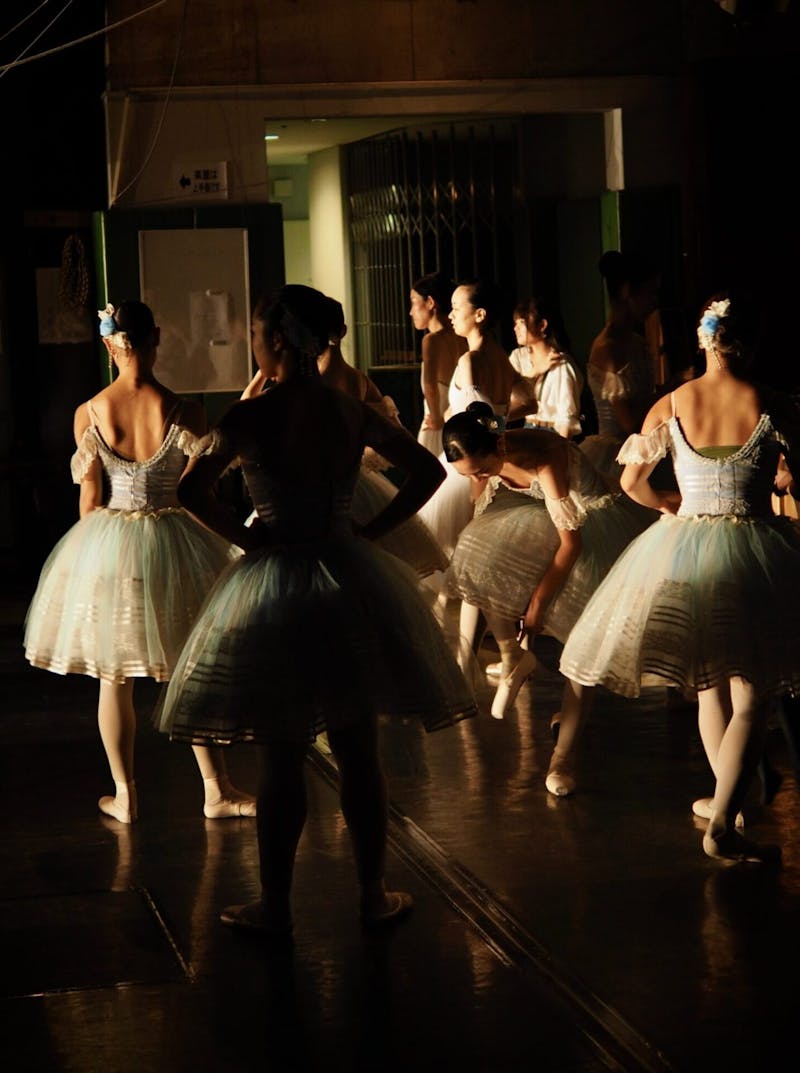Rooted in Results Let’s Get Growing
Hair loss is a symptom. We begin every journey by finding the cause, so your treatment plan isn’t just hopeful—it’s strategic, personalized, and proven to work.
Contact Our Team
Most people are familiar with the word alopecia, but may not realize that it is actually a term for all types of hair loss. There are various types of alopecias, all having different causes and potentially necessitating different treatment plans. The most common type of alopecia is Androgenic Alopecia, which in females is more commonly known as Female Pattern Hair Loss. Other types of common alopecias include Telogen Effluvium, Alopecia Areata, and Traction Alopecia. Today we are going to examine Traction Alopecia, which is quite different from other types of alopecias.
So what makes Traction Alopecia so different? Unlike other types of hair loss, which are often due to causes out of our control, Traction Alopecia is often caused by the person experiencing hair loss. Traction Alopecia is caused by pulling the hair too tightly over a prolonged period of time. This pulling puts stress and tension on the follicle and overtime it can damage the follicle enough that it will no longer produce hair. Traction Alopecia can be caused by many hair styles, including tight pony tails, braids, cornrows, and extensions. We most often see the hair loss in the temples or front of the hair line or between the braids or cornrows.
Traction Alopecia does not occur overnight and it does not mean you can never utilize hair styles that put tension on your hair. However, if you want to prevent Traction Alopecia from occurring, it is best to avoid these types of hair styles every day or for a prolonged period of time. If you want to use short term extensions for an evening that is fine, but getting more permanent extensions that stay in for weeks and months at a time can damage your hair.
The good news is that Traction Alopecia can be reversed if caught early. With treatments like Optimal Platelet Concentration™ Therapy, Low Level Laser Therapy, topicals and supplements, we can rejuvenate the follicle to start regrowing hair. However, over time it can become more difficult to treat. If left untreated, the loss from Traction Alopecia can become permanent. It is important to remember that with treatment you will also need to stop the styling practice that was damaging the hair.
If you believe you are experiencing Traction Alopecia, or any time of alopecia, it is best to see a hair loss expert as soon as possible so that they can properly diagnose the cause and develop an appropriate treatment plan.
Posted by Your Medi Tresse Team